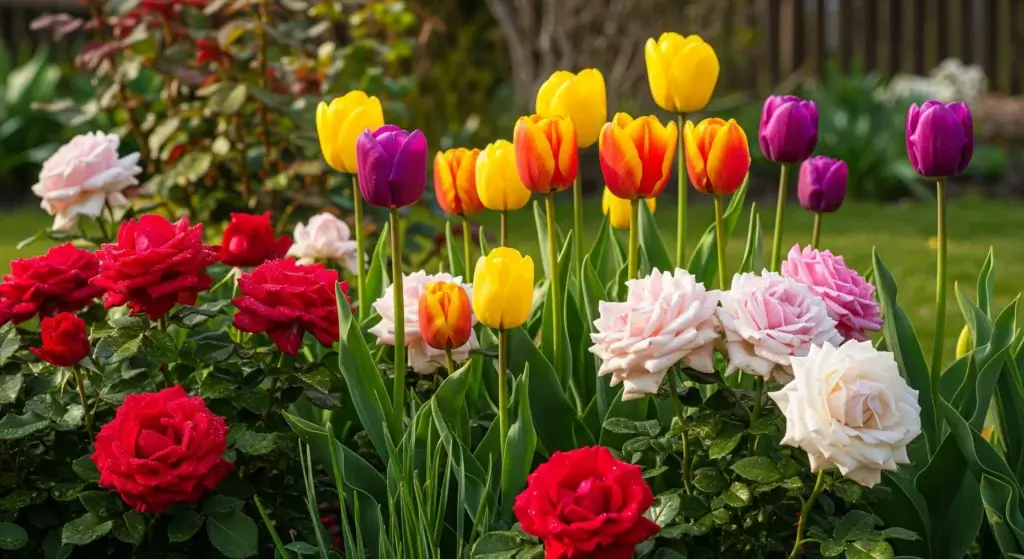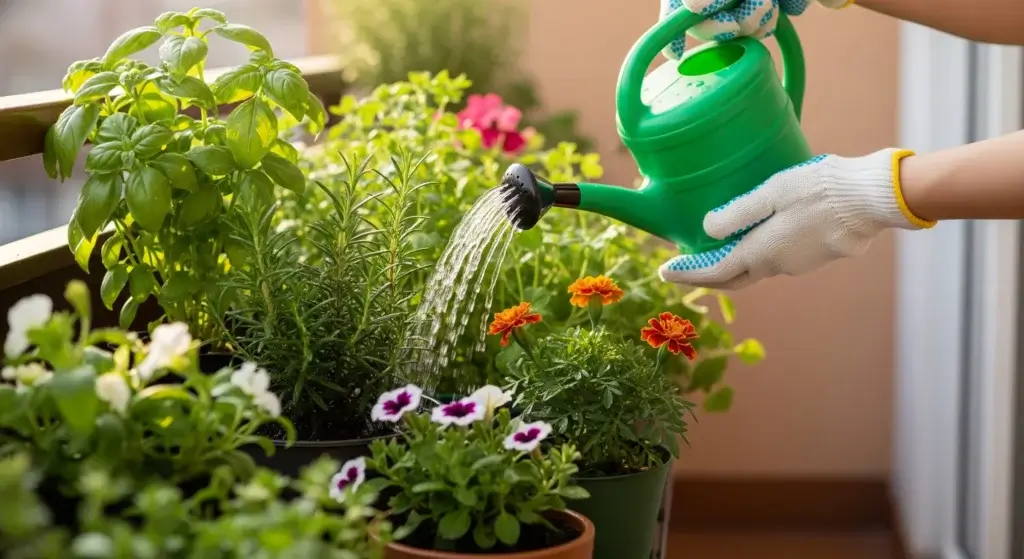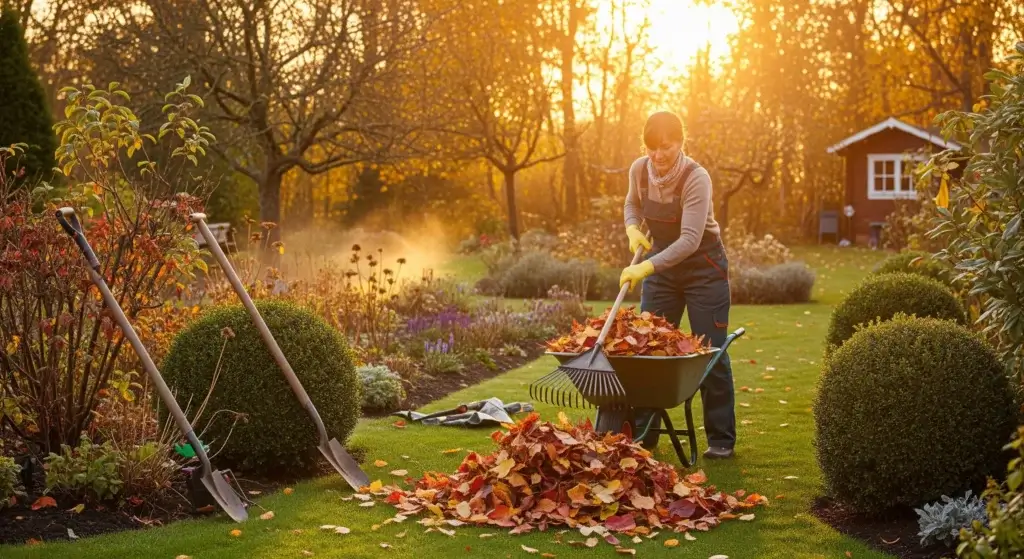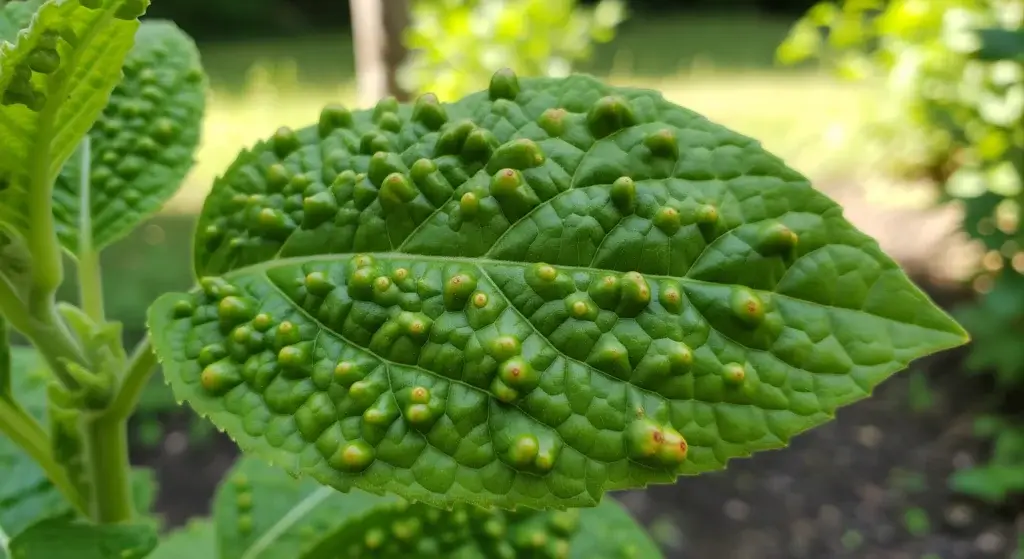
When it comes to creating a garden that turns heads, few flowers beat the classic beauty of roses and the bright, happy vibes of tulips.
These two have been garden icons for ages—but let’s be real, getting them to actually look like those magazine pictures isn’t always easy.
Whether you’ve been gardening for years or just planted your first seed last week, learning how to properly care for these blooms can totally level up your garden game.
Planting Roses: Building a Strong Foundation
A stunning rose garden doesn’t just happen—it starts with smart prep.
Get the basics right, and your roses will explode with color later.
Choosing the Right Location
Roses are total sun addicts—they need at least six hours of direct light a day.
Morning sun’s the best since it dries dew fast and keeps diseases away.
Give them space to breathe (they hate crowded air), but don’t stick them where the wind whips their petals to shreds.
Soil Preparation
Roses love rich, well-draining soil—think “fluffy brownie mix,” not sticky clay.
Mix in compost or old manure before planting to feed them up.
Got bad drainage? Raise the bed a bit so their roots don’t sit in soggy water—they’ll literally drown.
Planting Techniques
Bury a wide hole—twice as wide as the roots.
That grimy graft place (the bud union)? Stick it up a bit above the ground where it’s cold, a bit below where it’s hot.
Spread roots out, fill it in, soak it well, then mulch it over to retain moisture and suppress weeds. Boom—foundation set for rose.
Essential Rose Care Throughout the Growing Season
Taking care of roses isn’t hard once you get the rhythm—it’s kinda like caring for a diva: give them the right mix of attention, food, and space, and they’ll reward you with a jaw-dropping performance all season long.
Watering Strategies
Roses don’t like to be dry, but don’t like wet feet either. Keep in mind “long sips” rather than “gulps.”
Water once or twice a week deeply—around one to two inches total. Water always at the base early in the morning (they’re early risers).
Damp leaves at night? That’s practically an open invitation for fungus to come on in.
If possible, get a drip irrigation or a soaker hose—providing your roses with their own little system for getting watered without destroying their hair (i.e., petals).
Fertilization Schedule
Roses are greedy little overachievers. Start feeding them in spring when you see new growth, then keep it up every 4–6 weeks.
Stop about six weeks before the first frost—think of it as sending them into a gentle pre-winter detox.
You can go classic with rose fertilizer or go organic with compost tea or fish emulsion (yeah, it smells awful, but roses love it).
Always water before and after feeding to avoid giving their roots a “burn.”
Pruning for Health and Beauty
Pruning roses is essentially a prom rose haircut.
Late spring or early fall, take out dead, diseased, or damaged stems to provide space for new, healthy growth.
Cut them up so air gets an easy passage through it—it repels disease and encourages blooms.
Deadhead the blossoms during the season to continue the show.
Cut always at a 45° angle from an outward-facing five-leaflet bud—like telling the plant, “Grow in this direction, not back into the crowd.”
Disease and Pest Management
Roses have enemies—black spot, powdery mildew, aphids, Japanese beetles… the usual suspects.
The best defense? Space them out, water smart, and keep leaves dry.
If you spot infected ones, don’t hesitate—remove them like you’re cutting drama out of your life.
For stubborn pests, grab some neem oil or insecticidal soap.
Or, go for disease-resistant varieties if you’re tired of fighting the same battle every year.
Roses are high-maintenance, sure—but totally worth it when they start flexing those perfect blooms.
Planting Tulips: Timing and Technique Matter
Tulips may look effortless in spring, but trust me—they only slay if you plant them right in the fall.
Timing and technique are everything here.
When to Plant
Get those bulbs in the ground about 6–8 weeks before it freezes—usually between September and November.
They need that chill time to grow strong roots before winter hits.
If you live somewhere warm, toss them in the fridge for 8–12 weeks first (yep, tulip spa treatment) before planting.
Site Selection and Soil Requirements
Tulips are picky—they require full sun and a well-draining ground like a pro.
Don’t let their toes wade in water; they’ll rot faster than last week’s leftovers.
Plant them in slightly acidic to neutral soil, and if your soil is heavy clay, mix in compost and sand into the mix and break it up.
Planting Depth and Spacing
Plant bulbs, tip end up, 6–8 inches deep—about three times their height.
Space them 4–6 inches apart for a chill, natural vibe, or in greater density for a dramatic, front-and-center effect.
Pro tip: plant in odd numbers for an extra-Styled look, or layer various bulbs at various depths for a longer bloom bash.
Caring for Tulips: Before, During, and After Bloom
Tulips are the chill friends of the flower world—low-maintenance but still crave a little TLC if you want them to look runway-ready every spring.
Treat them right, and they’ll light up your garden like confetti after a long winter.
Pre-Bloom Care
As soon as they’re planted, give them a good, deep watering to get them settled.
And then cover them with a 2–3 inch layer of mulch—tucking them in at night, you know.
When you notice greenery pushing through in early spring, carefully remove that mulch blanket and feed them with bulb fertilizer or bone meal.
It’s their morning protein shake before they take the stage.
At Flowering
When tulips finally burst out (typically for some 2–3 wonderful weeks), water thoroughly but avoid drowning them.
When flowers drop, cut them off so that the plant is not expending energy on seed production.
But don’t mess with the leaves!
They’re still going overboard photosynthesizing—i.e., filling up the bulb for next spring’s performance. Call it your tulip’s post-show downtime.
Post-Bloom Maintenance
Resist the urge to clean up too soon.
Let the leaves yellow and die back naturally over 6–8 weeks—it looks messy, but it’s crucial for the bulb to refuel.
Don’t braid or tie the leaves (yeah, that trend’s a scam). Once everything’s brown and crispy, you can trim it all off.
Perennialization Strategies
Want tulips to return year after year stronger rather than ghosting on you after one year?
Opt for the hardy varieties such as species tulips, Darwin hybrids, or Emperor tulips.
Plant a little deeper than usual and don’t drown them in summer—they despise wet naps.
Hardcore gardeners actually dig up bulbs once the leaves have died back, dry store in a cool place, and re-plant in autumn.
More effort? Guilty as charged. But to get to see those flowers return next spring is like winning a gold medal in garden overhauls.
Combining Roses and Tulips in Your Garden Design
Mixing roses and tulips in one garden is like pairing Beyoncé with Billie Eilish—totally different vibes, but together? Pure magic.
You get color, texture, and blooms that tag-team from spring to summer, keeping your garden looking alive for months.
Succession Planting
Here’s the trick: plant tulip bulbs around the base of your rose bushes.
Tulips will pop off in early spring while your roses are still waking up.
Then, as tulip leaves start looking tired (aka yellow and floppy), the roses step in and steal the show.
The rose foliage hides the fading tulip mess—like the ultimate garden glow-up handoff.
Color Coordination
Play around with color combos that vibe across the seasons. Soft pink tulips next to coral roses? Dreamy.
Yellow tulips with red or white roses? Total sunshine energy.
And don’t forget the “background dancers”—add some green foliage plants or chill perennials to smooth the transition between tulip season and rose time.
Companion Planting
Roses and tulips both love good company.
Garlic or chives near your roses? Not just cute—they actually scare off aphids (nature’s freeloaders).
Want more early color? Mix tulips with perennials like hellebores or primroses, so your garden stays vibrant even before the roses hit their stride. \
Basically, think of your garden as a squad—everyone plays their part to keep the vibe going year-round.
Troubleshooting Common Problems
Even pros mess up sometimes—gardening’s basically trial, error, and dirt under your nails.
The key is spotting issues early before they turn your flower dreams into plant horror stories. Let’s break down what can go wrong and how to fix it fast.
Rose Problems
If your rose leaves go yellow, don’t freak—it’s only because they’re starving, drowning, or shedding old leaves like a summer cat.
Black spots on the leaves? Fungal soap opera mainstay.
Snip out the bad areas, let some air into the plant, and don’t water from overhead (roses detest wet heads).
If the growth is lopsided or minuscule, you’ve got bugs or a virus. Get into detective mode now—check leaves, stems, and soil pronto.
Tulip Troubles
If the tulips haunt you in the spring (i.e., will not bloom at all), then something most likely ate them—squirrel eyes are on you—or they’ve rotted from being planted in soggy soil.
Occasionally, they were simply planted too high up and froze.
When they are little flowers or short stems, they likely didn’t get enough cold weather or food, or they’ve just been hanging in the same place for too long.
And if your tulip blooms have blotchy or streaky petals, that’s likely to be tulip breaking virus—sadly, it can’t be cured.
Remove the infected bulbs and get rid of them before they spread to other bulbs.
Conclusion: Your Path to Garden Success
Growing gorgeous roses and tulips is just a mix of knowing what each needs and actually showing up.
Roses want regular TLC (water, feed, prune), while tulips are your short-but-spectacular spring stars that need perfect fall planting.
Get the basics right—soil, timing, watering, and pest control—and your garden will go from “meh” to “wow.”
Gardening’s messy, but every fail teaches you. Start using these tips, be patient, and soon you’ll be cutting bouquets and low-key flexing your garden like a pro.



